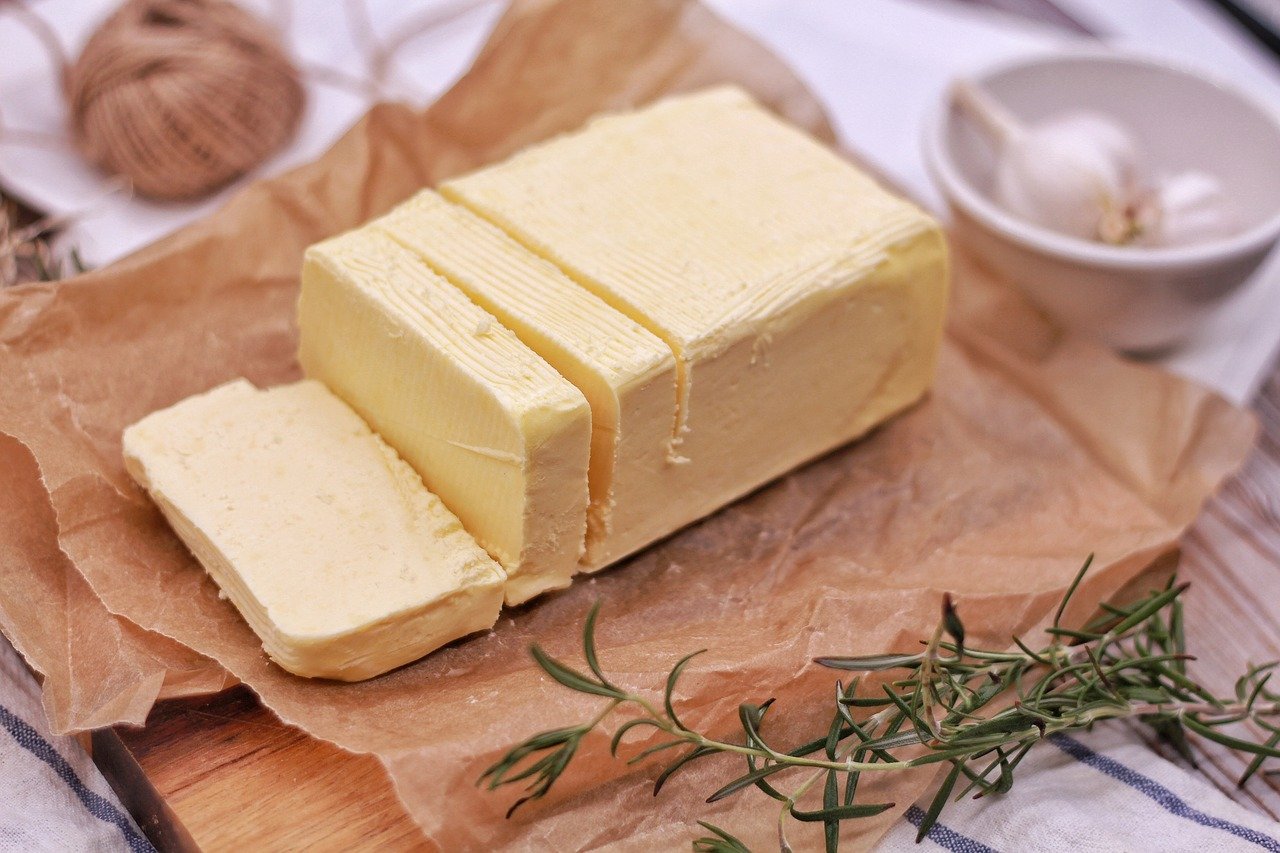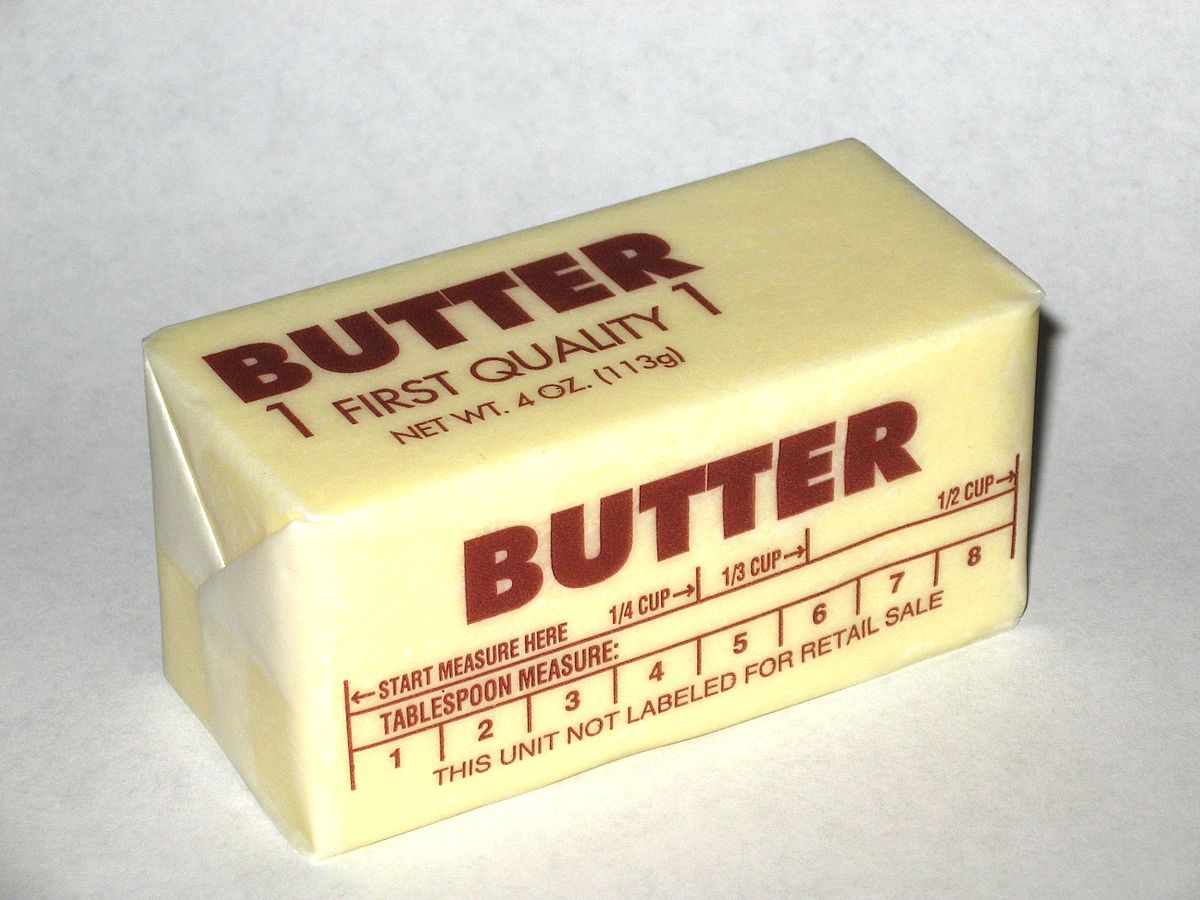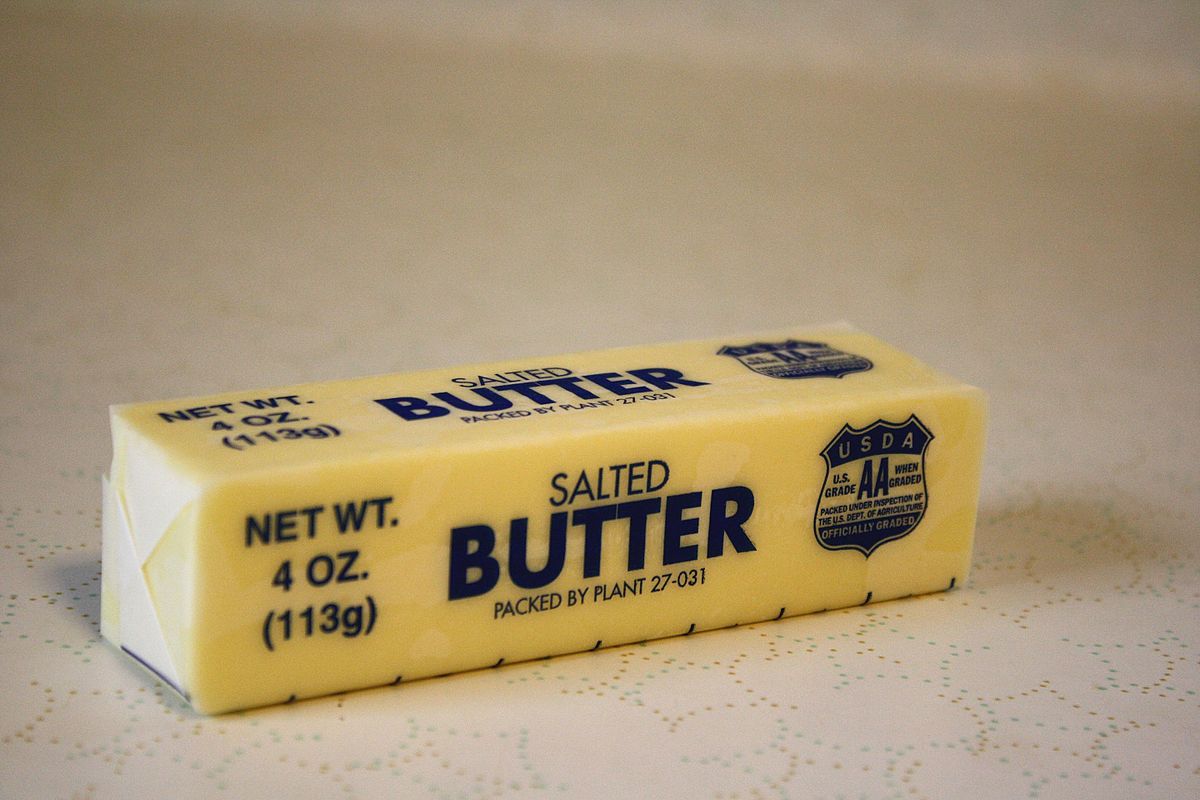Many people think that a stick of butter is just a stick of butter, but they couldn’t be further from the truth. In fact, there are going to be differences in the butter, the size, and even in the taste, depending upon the region where it comes from.
In the United States, there is a definite difference between the butter that comes from the West Coast and what comes from the East. In California, the dairy industry was really nonexistent so butter wasn’t a huge option until the 1960s. Before that time, as Marketplace reports, the majority of the milk went for fluid needs rather than cheese and butter.

These days, California is at the top of the list when it comes to dairy production. California also has changed things up, and if you are familiar with the long sticks of butter you find on the East Coast, you may not be as familiar with the “Western-Stubbies” that come from the West Coast.

You might also not be familiar with the origin of the long butter sticks found in the east. They are actually known as Eastern-pack sticks (Elgin Sticks) that originally were produced at a dairy in Elgin, Illinois. That was back in the early 1900s when Swift and Company, a major butter supplier, asked for the butter to be packaged in 1 pound blocks but divided into 1/4 pounds sticks.

Interestingly, Land O Lakes has been playing both sides of the fence by producing butter in both shapes since 2007. Any butter that is sold on the East Coast is in the familiar, longer sticks but they also produce Western Stubbies for those on the West Coast. It’s the same amount of butter, just configured differently.













